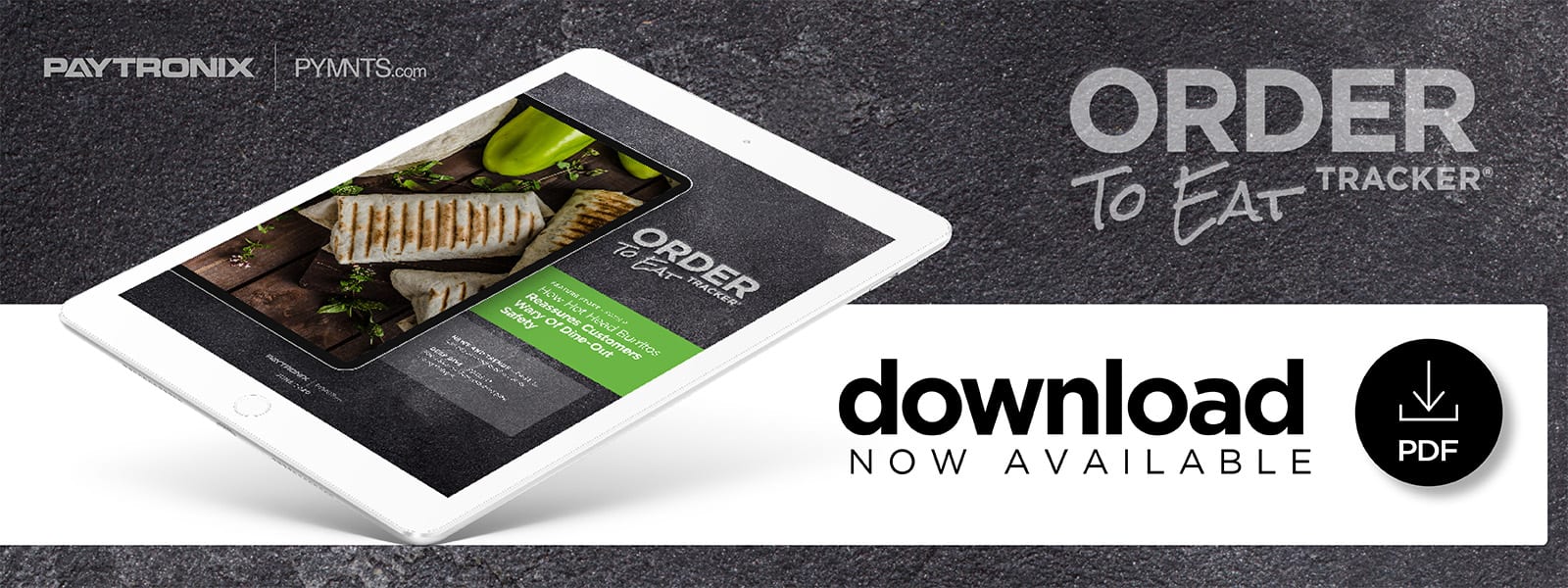NEW REPORT: Restaurant Re-Openings And The Guest Recovery Challenge
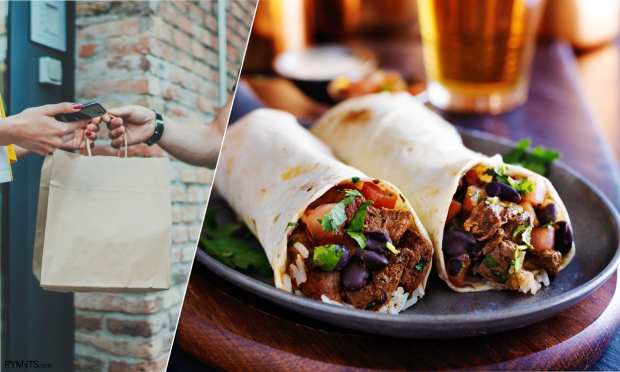
The pandemic is having monumental impacts on restaurants’ operations and interactions with potential diners, pushing to the forefront services that offer quick and seamless online ordering tools to reach customers stuck in their homes.
It is also shedding light on just how digital the restaurant industry has become, showcasing the importance of online reviews and robust social media presences as well as swift digital delivery and pickup options.
Quick-service restaurants (QSRs) and other eateries were familiar with digital services prior to the pandemic, but the bump in digital transactions has made maintaining them more critical and more difficult for many in the space. Restaurants have worked quickly to ensure that customers can order online and to respond to negative reviews or notes as they appear on eateries’ platforms. Such services remain important even as some regions allow 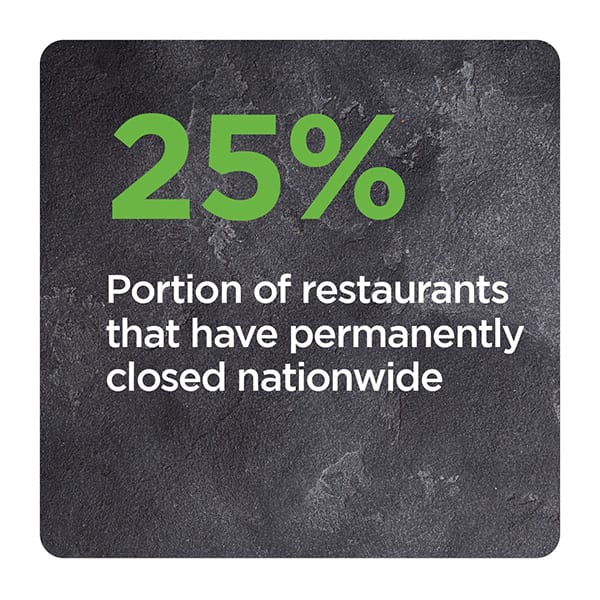 restaurants to reopen their dine-in areas, which means staying on top of customers’ shifting needs must remain a top priority.
restaurants to reopen their dine-in areas, which means staying on top of customers’ shifting needs must remain a top priority.
In the latest Order To Eat Tracker®, PYMNTS examines how restaurants are optimizing their strategies to serve diners now and after the pandemic has passed. It also looks at how the pandemic’s impact on online ordering and other digital tools could affect the restaurant industry’s future.
Around The Order To Eat Landscape
Shake Shack is among the many QSRs augmenting their brick-and-mortar stores to accommodate growing numbers of customers picking up online orders. The restaurant chain will be adding pickup windows to some of its U.S. locations to allow customers who have placed online orders to conveniently and safely grab them. Shake Shack noted that these pickup windows will likely be a lasting part of its brick-and-mortar restaurants’ designs, indicating that the QSR is expecting digital order volumes to constitute a significant share of its overall orders — even after the pandemic is over.
Panera Bread is also moving to innovate how digital customers interact with its physical stores. The chain has developed curbside pickup that uses geofencing technology to more quickly fulfill online orders. The tool works with Panera’s app to alert store employees when customers pull their vehicles in to retrieve their items. Users first open the app to place orders and pay, and they also fill out information regarding the make, model and other features of their cars. Panera employees then receive alerts on their systems when customers who have opted into the geofencing program pull up. Those who choose not to sign up for the service can 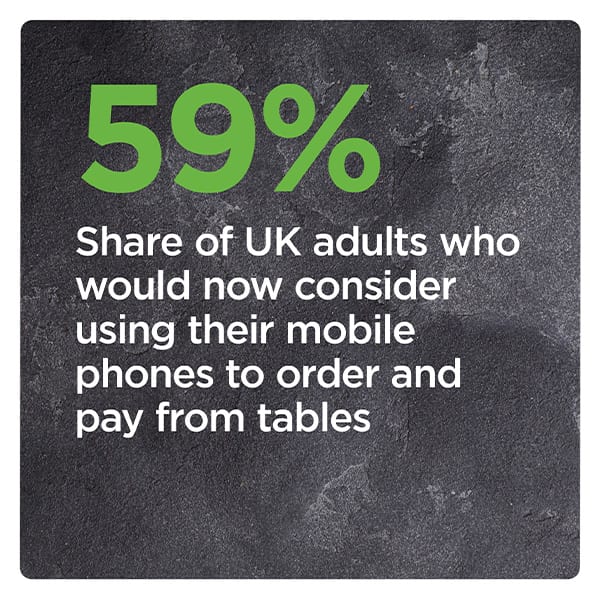 simply tap a button to alert staff that they are ready to receive their orders.
simply tap a button to alert staff that they are ready to receive their orders.
Chipotle Mexican Grill is seeking to boost its online presence as well, expanding upon an existing partnership with Uber Eats to offer third-party delivery to customers in British Columbia and Ontario. The initiative, which expands upon a collaboration already underway in the U.S., will allow customers in these two provinces to use the Uber Eats mobile app to order from the 23 brick-and-mortar Chipotle locations in these regions. The news comes after Chipotle announced it saw an 80.8 percent jump in digital sales year-over-year in Q1 2020, which indicates that the channel is gaining ground among Chipotle customers.
For more on these stories and other order to eat headlines, visit the Tracker’s News & Trends.
Creating A Safe Restaurant Experience For Diners Amid Pandemic Concerns
Restaurants have had to quickly alter their operations amid the pandemic, with many forced to close their brick-and-mortar locations and rely exclusively on pickup and delivery orders for revenue. Tentative reopening plans in certain states have led many restaurants to consider how they might operate in the pandemic’s aftermath, especially as 50.9 percent of consumers claim they will be dining out just as much as they did before the crisis.
In this month’s Feature Story, Ray Wiley, CEO of Mexican food chain Hot Head Burritos, tells PYMNTS why restaurants must keep the safety of their customers and employees in mind when developing reopening plans and how eateries must also consider the pandemic’s impacts on customers’ 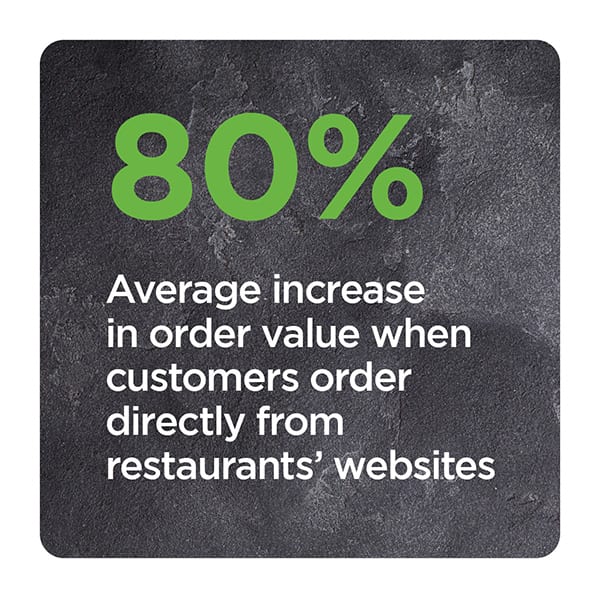 expectations.
expectations.
Developing A Robust Guest Recovery Strategy
Creating immersive and satisfying customer experiences has always been a goal for restaurants, whether they are fulfilling online orders at speed or serving in-house diners. Online restaurant reviews carry added weight in today’s digital world, however, and eateries must boast glowing digital references to entice the many diners who rely on reviews to determine what their next meals will be. This means it is crucial for restaurants to create positive buzz surrounding their establishments and to develop flexible strategies to address negative reviews when they crop up.
To learn more about the importance of swift guest recovery strategies for these negative reviews during and after the pandemic, visit the Tracker’s Deep Dive.
About the Tracker
The Order To Eat Tracker®, a PYMNTS and Paytronix collaboration, is a monthly report that examines the evolving restaurant space. The report highlights how fast food, fast-casual and QSR establishments are embracing technology, enhancing loyalty offerings and working with aggregated service providers to offer more seamless in-house and delivery ordering experiences and improve customer engagement.
